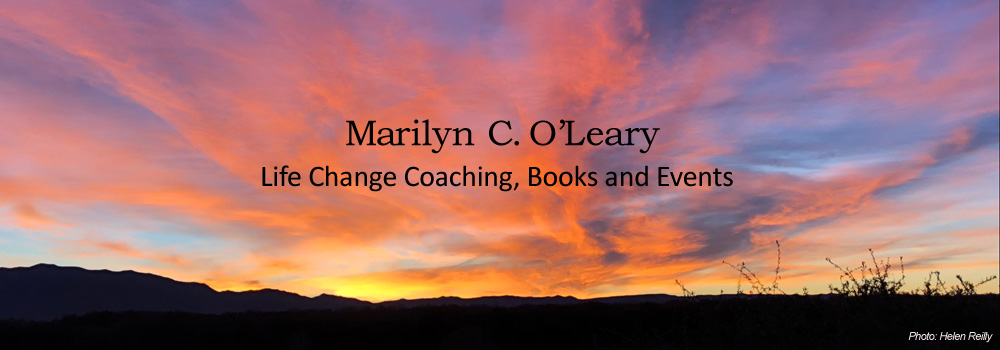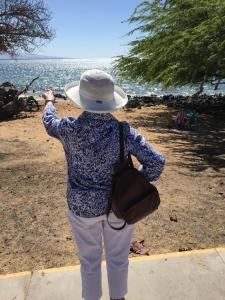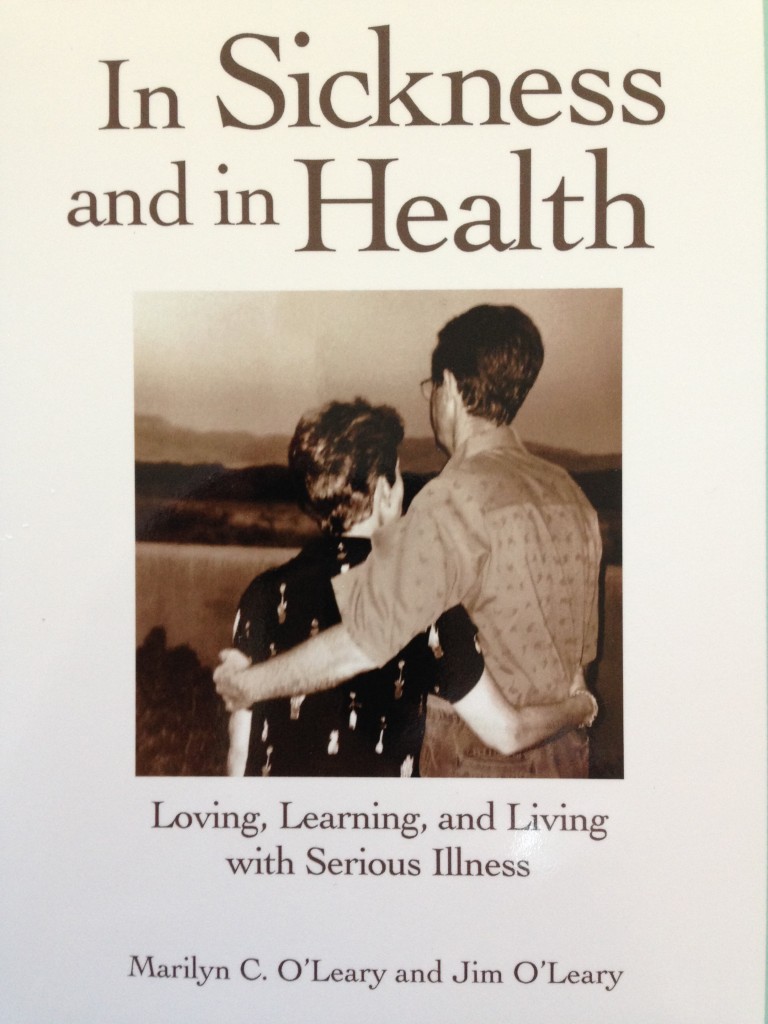 In my Deccember 30, 2012 workshop, Using Intention to Co-Create the Life you Want for the New Year, participants used the following calendar to set goals and take action steps to achieve their intention for 2012. Some people asked for another copy, so here it is. Have fun with it and see what changes happen in your life. –Marilyn
In my Deccember 30, 2012 workshop, Using Intention to Co-Create the Life you Want for the New Year, participants used the following calendar to set goals and take action steps to achieve their intention for 2012. Some people asked for another copy, so here it is. Have fun with it and see what changes happen in your life. –Marilyn
THIS IS MY INTENTION:
I WILL
BY (date)
TO ACHIEVE THIS GOAL I MUST BE __________________________________________________
THESE ARE THE ACTION STEPS THAT WILL GET ME TO MY GOAL
JANUARY
_________________________________________________________________________________________
FEBRUARY
_________________________________________________________________________________________
MARCH
_________________________________________________________________________________________
APRIL
__________________________________________________________________________________________
MAY
________________________________________________________________________________
JUNE
_____________________________________________________________________________________
JULY
_____________________________________________________________________________________
AUGUST
______________________________________________________________________________________
SEPTEMBER
______________________________________________________________________________________
oCTOBER
_______________________________________________________________________________________
NOVEMBER
________________________________________________________________________________________
DECEMBER
ACCOUNTABILITY
I will _____________ ________________ each month to report on my progress and to get support.
(action) (person)
Signed by__________________________________________________________________________________





